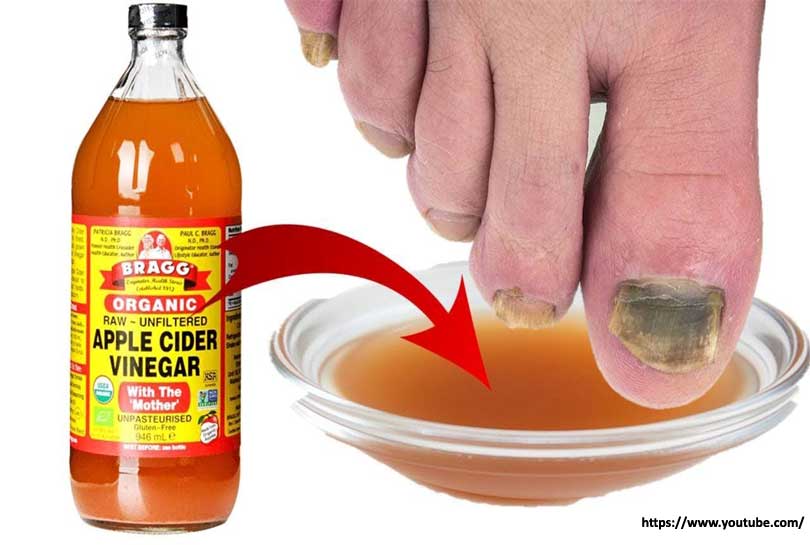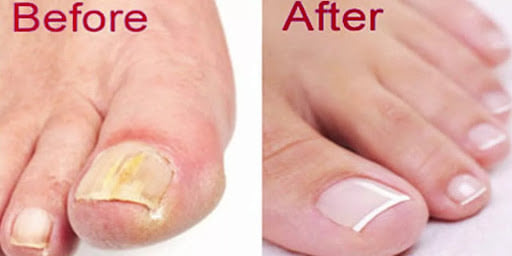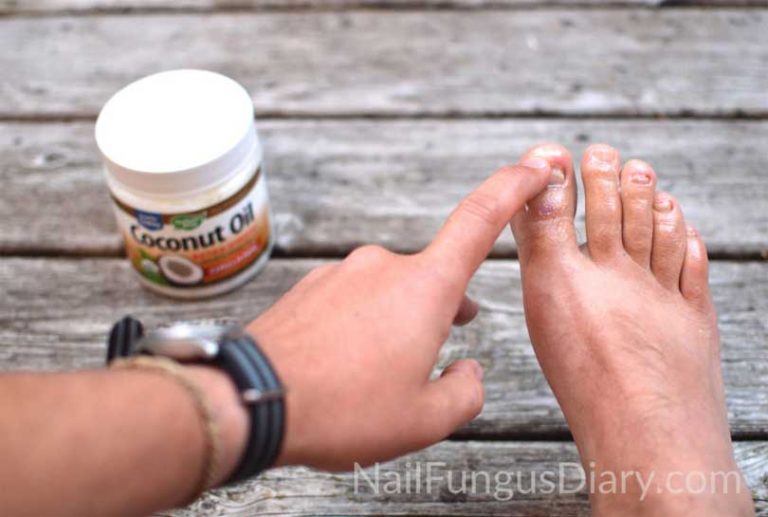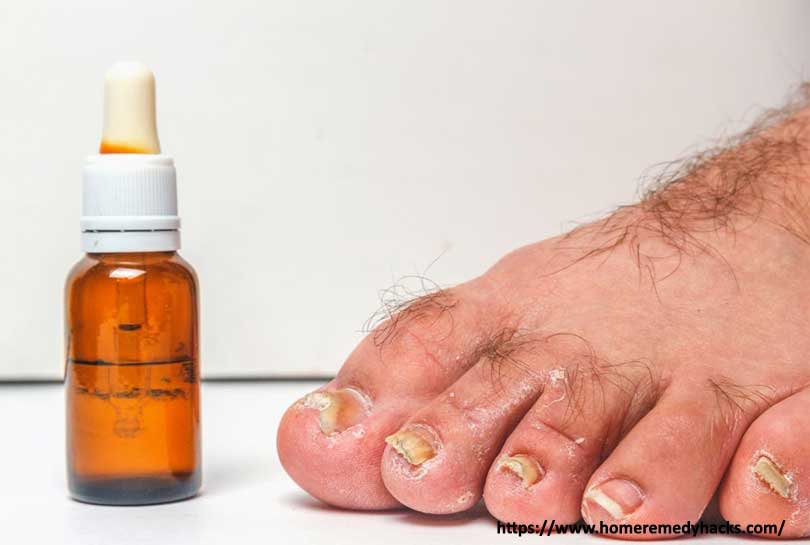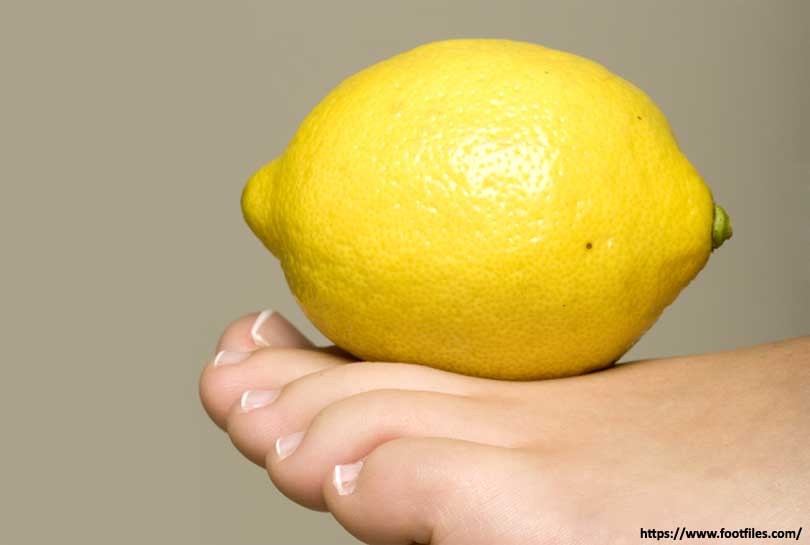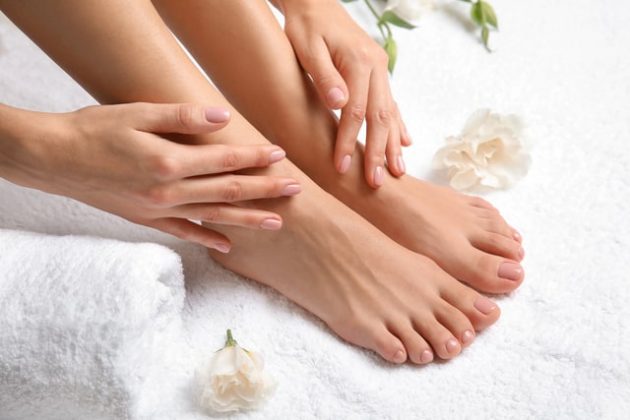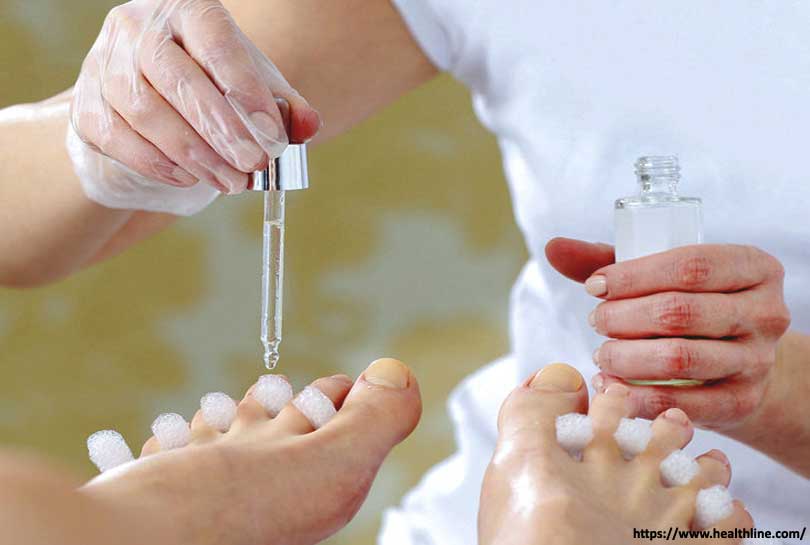One Cup Of This Will Destroy Your Nail Fungus

The persistent, often embarrassing, and notoriously difficult-to-treat condition of nail fungus plagues millions. Conventional treatments, ranging from topical creams to oral medications, can be lengthy, expensive, and carry potential side effects. But could a simple beverage, readily available in most kitchens, offer a surprisingly effective solution? This article delves into the emerging evidence surrounding a potential natural remedy and examines its efficacy, safety, and expert opinions.
While headlines touting miracle cures abound online, this investigation takes a measured approach, scrutinizing the claims surrounding a specific beverage and its purported antifungal properties. We'll explore the scientific basis for these claims, examine available research (or lack thereof), and consult with medical professionals to provide a balanced perspective on whether this "one cup" solution is a legitimate treatment option or simply another overhyped internet trend.
The Claim: Is Vinegar a Fungal Foe?
The beverage in question is, commonly, diluted vinegar – specifically, apple cider vinegar (ACV) or white vinegar. The anecdotal evidence is compelling. Online forums and social media groups are filled with individuals claiming success in treating their nail fungus by soaking their affected nails in a vinegar solution daily.
These testimonials often describe a gradual lightening of the nail, a reduction in brittleness, and, ultimately, the elimination of the fungal infection. The underlying theory centers on vinegar's acidity.
Fungi thrive in alkaline environments, and the acidic nature of vinegar is believed to inhibit their growth. The idea is that regular exposure to vinegar creates an inhospitable environment for the fungus, eventually leading to its demise.
The Science: What Does the Research Say?
Unfortunately, rigorous scientific evidence supporting the use of vinegar as a definitive cure for nail fungus is limited. Many studies are either small-scale, lack control groups, or are performed in vitro (in a lab setting) rather than in vivo (on living organisms).
One study published in the Journal of Applied Microbiology investigated the antifungal properties of acetic acid (the main component of vinegar) against various fungal strains. The results showed that acetic acid, at certain concentrations, could indeed inhibit the growth of some fungi, including those commonly associated with nail infections.
However, the concentrations used in the study were significantly higher than what one would typically use in a home remedy. Furthermore, the study was conducted in a controlled laboratory environment, which doesn't fully replicate the complex environment of a nail infection.
Dermatologist's Perspective
We spoke with Dr. Emily Carter, a board-certified dermatologist, about the use of vinegar for nail fungus. "While vinegar does possess some antifungal properties in vitro, the evidence supporting its efficacy as a standalone treatment for onychomycosis [nail fungus] is weak," she stated.
She further explained, "The nail plate is a thick barrier, and it's difficult for any topical treatment, including vinegar, to penetrate effectively and reach the underlying infection." Dr. Carter emphasized that while vinegar soaks might provide some temporary relief from symptoms like itching or odor, they are unlikely to eradicate the infection completely.
She cautions against relying solely on vinegar, particularly for severe infections, as it could delay proper medical treatment. Dr. Carter recommends consulting a dermatologist for an accurate diagnosis and appropriate treatment plan, which may include prescription topical or oral medications.
Weighing the Risks and Benefits
One of the main advantages of using vinegar is its relative safety and low cost. Unlike oral antifungal medications, which can have potential side effects like liver damage, vinegar is generally well-tolerated when used topically.
However, prolonged or excessive exposure to vinegar can cause skin irritation, dryness, and even chemical burns in some individuals. It's crucial to dilute the vinegar with water (typically a 1:1 ratio) and to monitor the skin for any adverse reactions. If irritation occurs, discontinue use immediately.
While unlikely to provide a complete cure, some individuals may find vinegar soaks helpful as a complementary therapy alongside conventional treatments. The acidic environment could potentially weaken the fungal cells, making them more susceptible to antifungal medications.
The Verdict: A Complementary Approach, Not a Cure
While the anecdotal evidence surrounding vinegar as a nail fungus remedy is intriguing, the scientific evidence is insufficient to support its use as a standalone cure. More rigorous research is needed to determine its efficacy and optimal application methods.
For those considering using vinegar, it's essential to temper expectations and understand that it's likely to be more effective as a complementary therapy rather than a primary treatment. Consulting with a dermatologist is crucial to obtain an accurate diagnosis and discuss appropriate treatment options.
Ultimately, relying solely on "one cup" of vinegar to eradicate a persistent nail fungus infection is unlikely to yield the desired results. A comprehensive approach, involving proper medical care, diligent hygiene practices, and potentially complementary therapies like vinegar soaks, offers the best chance for successful treatment.
